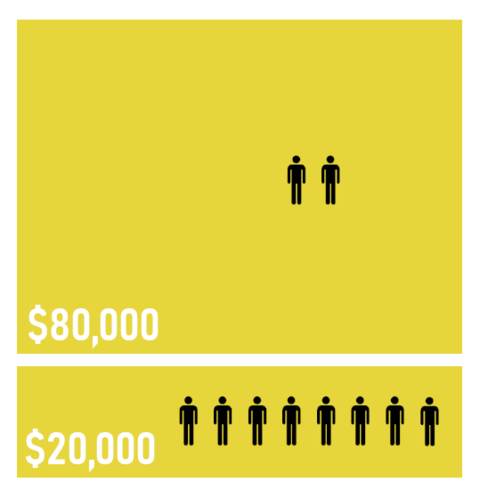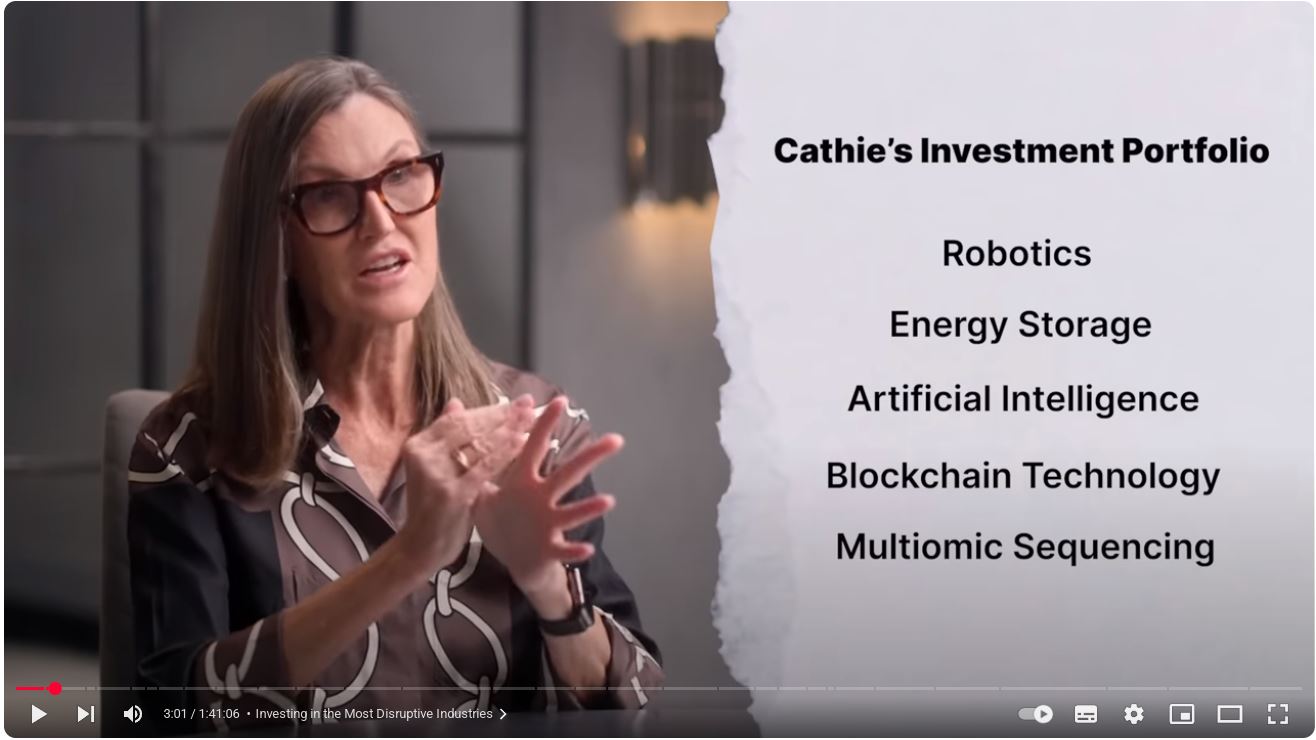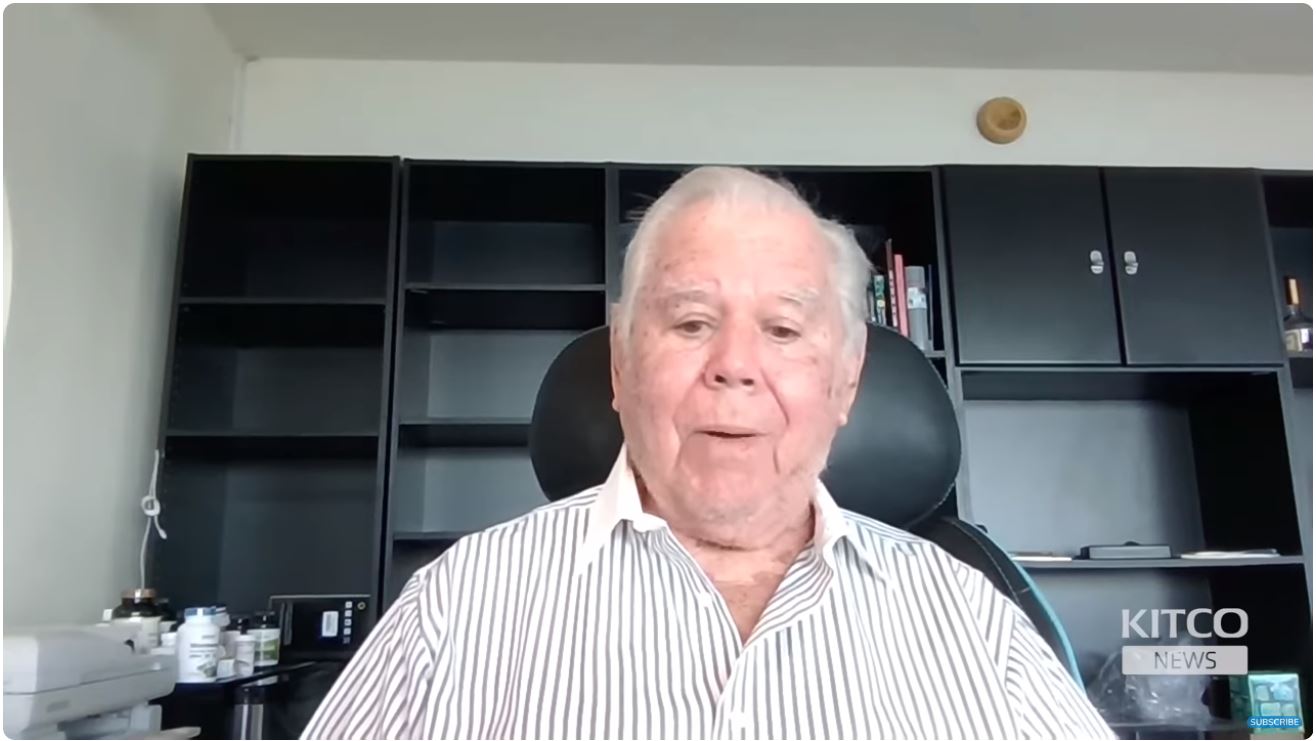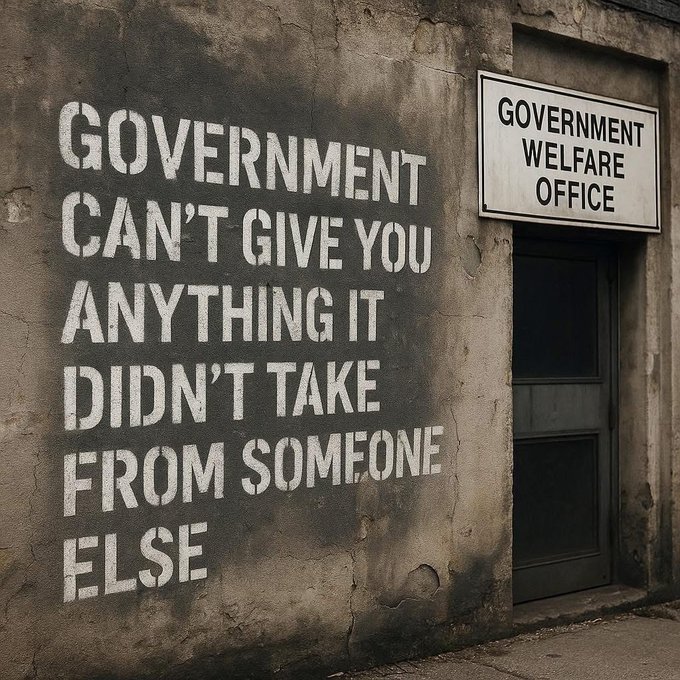When silver surged to multi-year highs, veteran bullion dealer Andy Schectman didn’t see just another price move—he saw a rupture in the foundation of the global metals market.
In a wide-ranging interview last week, Schectman argued that what’s happening now represents the physical market finally “calling the bluff” of decades of paper manipulation.
“I’ve never seen anything like this,” he began, emphasizing that this was not mere volatility. “Backwardation… shows extreme delivery stress… It’s the market exposing the shortages of physical silver, the frailty of the paper promises.”
For Schectman, “backwardation”—when spot prices exceed futures prices—isn’t just a technical quirk. It’s the alarm bell that the supply of real metal is running thin. He believes the era when investors could comfortably rely on “paper silver” derivatives is ending.
“People have accepted paper promises for a very long time and I think that’s coming to an end,” he said. “This is decisively bullish for silver and other precious metals.”
When asked what’s actually driving this rupture, Schectman pointed to signs of stress that only appear when market structures break down. Spot prices are now higher than future delivery prices—something, he said, “very rare” in silver and “a signal of desperate demand.” Lease rates in London, normally a fraction of a percent, “jumped up over 39%.” The picture he painted was one of panic beneath the surface.
“In London they have a 140 million ounce float, yet they’re trading 600 million ounces a day… There’s over two billion ounces in paper claims out there on a float of 140 million.”
In Schectman’s view, London is the epicenter of a quiet crisis, where years of “rehypothecation”—multiple claims on the same bars—are being exposed. “It’s being called under the carpet,” he warned.
Pressed on what happens when this paper structure breaks, he compared it to a run on a bank. When short sellers can’t find metal to deliver, and borrowing costs soar, margin calls start hitting.
“You’re beginning to see margin calls… they’re not able to get the silver to cover their position,” he said. “That’s when things begin to get very, very, very interesting.”







